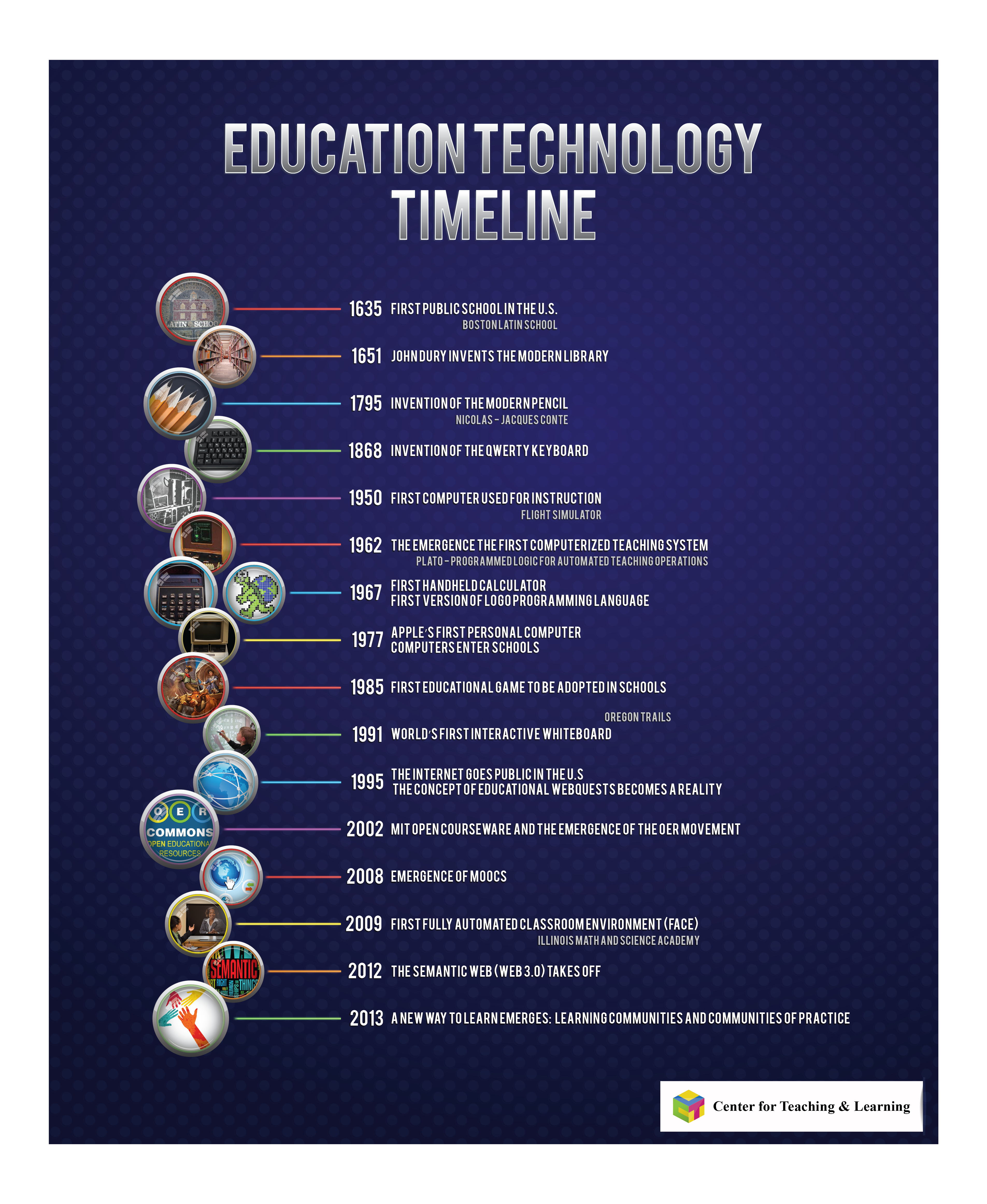Microsoft – Digital Literacy: Microsoft’s Digital Literacy Standard Curriculum teaches core information and communications technology concepts, covering computing and internet basics, how to use productivity programs, and an overview of how new technologies are shaping the world today. You can also earn a certificate for completing the modules. Thanks to the always-on nature of technology, students can access resources online whenever they need to, and instructors can see which students might need extra help. The exercise of self-paced learning also helps students learn digital literacy and 21st century skills, which will be useful when they enter the workforce.
- Digital Storytellingslcsd Educational Technology Resources Technology
- Digital Storytellingslcsd Educational Technology Resources Inc
Technology has impacted almost every aspect of life today, and of course, education is no exception in that. It has affected and impacted the way things are presented and taught in the classroom to the students. It has largely impacted on the materials which are used and the way we use these materials to teach students in the schools.
Technology whereas in classrooms can be so much better than the stereotypical cell phone going off in the middle of class. It can actually be a major tool, both in terms of pedagogical resources as well as in terms of connecting with younger generations. But, do you know how this work?
Impact of technology in education
There is an undefined reason why technology is the key aspect of learning in the schools. Whether we like it or not, the technology is all around us and in order for our students to survive in the post-secondary education and the business role, they must be aware of latest software technology and trends.
The prevalence of technology had drastically affected many areas in society in a positive manner that includes education as well. In today’s modern era students not only have computers to help them with their schoolwork but also internet for research while teachers use technology to enhance their lessons.
Effects of technology on education
There are various effects of the latest technology on education that results in better understanding of the mechanism that students require for their future:
Research
If the school library is outdated or lacking in a selection of titles, the students might find it a daunting task to compile the important research for an essay or research papers. As long as the school has a computer lab, the students can use the computers and the internet as a digital encyclopedia to obtain the research that they need.
This way the technology has played a significant role in student’s day to day life. The whole credit goes to the internet. While students are wary of the legitimacy of some of the content that they read online, there are many schools that use software like encyclopedia Britannica to help students do such researches.

Globalization

When schools in different parts of the state, country or world connect, then students can meet their counterparts with the help of video conferencing without leaving the classroom. There are some sites such as Glovico, which are used to help the students learn foreign languages online by pairing a group of students with the teacher from another country or state. Many reputed Universities & Institutes like Symbiosis, Sikkim Manipal & IIMs are also offering distance learning courses to their students without making them visit the campus.
Web seminars

Not every school has the resource and budget to send its students on field trips that are related to the study of course. When this is the case in schools, then the student's education suffers a lot. But again thanks to the latest and trending technology, using which students can use the internet to virtually attend web seminars put on by museums and other educational institutions. NASA offers a program which allows students to talk to astronauts in space.
Educational games & videos
Teachers expose children to computers with the help of educational games. Instead of playing board games which focuses reduction, students can learn the basics of spieling, counting and many other major educational lessons with the help of computer games which makes the learning process a fun and interesting for students. Because there are many schools that have at least one computer in the classroom, therefore, the teacher can make that computer an important part of learning source for the young students.
Educational Games & Videos
Students watch informative videos which explain the concept in a detailed manner & make it easier for the students to learn & understand it. Byju’s is one of most successful examples of using such concept & establishing itself in the market. It is teaching many students across the country with their learning videos & making education fun.
Distance education
Digital Storytellingslcsd Educational Technology Resources Technology
Many students opt for distance education or education classes which are also called correspondence courses, at community colleges and universities which are situated far from their location. After enrolling in course of this style, the students receive the course document in the mail and mail the assignments to their teachers at educational institutions to check their progress. This emailing process can be quite long and complicated, but all thanks to technology, who makes a continuation to our studies and take over the course on intent at their convenience.
Distance Education
Current stats about technology on education
As per the 2016 digital educational survey done by Deloitte, which has analyzed over 2,800 responses from demographically diverse teachers, parents, and students, around 42% of the teachers say that at least one digital device is used every day in the classroom. About 75% of teachers believe that digital learning content will replace the printed textbooks within the next 10 years. It has also been stated according to the reports that the student's device preferences in the classroom vary by age as:
• 53% of Grade K-2 prefers tablets, and 15% prefer laptops
• 36% of Grade 3-5 prefers tablets, and 26% prefer laptops
• Grade 6-8 equally prefer tablets (30%) to laptops (29%)
• 27% of Grade 9-12 prefers laptops, and 25% prefer tablets
This survey dove into the way learning occurs inside and outside of the classrooms in many schools. As per the reports, it has also been noticed that 90% of the kids use digital learning materials at home and around 2/3 of kids start using digital learning materials at their home by the age of 5. According to the current stats, 88% of the parents and about 84% of the teachers are interested in having more at home digital content available to supplement what is taught in school.
Conclusion
Technology is an integral part of living in 21st-century referred to the fourth revolution that is accompanied by challenges and opportunities. It also has structural character and therefore has the ability to include and exclude the technological factors. The sheer scope of change underway in communication technology with respect to methodology and modes of education may require to be revised at the organizational level.
Technology has impacted almost every aspect of life today, and education is no exception. Or is it? In some ways, education seems much the same as it has been for many years. A 14th century illustration by Laurentius de Voltolina depicts a university lecture in medieval Italy. The scene is easily recognizable because of its parallels to the modern day. The teacher lectures from a podium at the front of the room while the students sit in rows and listen. Some of the students have books open in front of them and appear to be following along. A few look bored. Some are talking to their neighbors. One appears to be sleeping. Classrooms today do not look much different, though you might find modern students looking at their laptops, tablets, or smart phones instead of books (though probably open to Facebook). A cynic would say that technology has done nothing to change education.
However, in many ways, technology has profoundly changed education. For one, technology has greatly expanded access to education. In medieval times, books were rare and only an elite few had access to educational opportunities. Individuals had to travel to centers of learning to get an education. Today, massive amounts of information (books, audio, images, videos) are available at one’s fingertips through the Internet, and opportunities for formal learning are available online worldwide through the Khan Academy, MOOCs, podcasts, traditional online degree programs, and more. Access to learning opportunities today is unprecedented in scope thanks to technology.
Opportunities for communication and collaboration have also been expanded by technology. Traditionally, classrooms have been relatively isolated, and collaboration has been limited to other students in the same classroom or building. Today, technology enables forms of communication and collaboration undreamt of in the past. Students in a classroom in the rural U.S., for example, can learn about the Arctic by following the expedition of a team of scientists in the region, read scientists’ blog posting, view photos, e-mail questions to the scientists, and even talk live with the scientists via a videoconference. Students can share what they are learning with students in other classrooms in other states who are tracking the same expedition. Students can collaborate on group projects using technology-based tools such as wikis and Google docs. The walls of the classrooms are no longer a barrier as technology enables new ways of learning, communicating, and working collaboratively.
Technology has also begun to change the roles of teachers and learners. In the traditional classroom, such as what we see depicted in de Voltolina’s illustration, the teacher is the primary source of information, and the learners passively receive it. This model of the teacher as the “sage on the stage” has been in education for a long time, and it is still very much in evidence today. However, because of the access to information and educational opportunity that technology has enabled, in many classrooms today we see the teacher’s role shifting to the “guide on the side” as students take more responsibility for their own learning using technology to gather relevant information. Schools and universities across the country are beginning to redesign learning spaces to enable this new model of education, foster more interaction and small group work, and use technology as an enabler.

Technology is a powerful tool that can support and transform education in many ways, from making it easier for teachers to create instructional materials to enabling new ways for people to learn and work together. With the worldwide reach of the Internet and the ubiquity of smart devices that can connect to it, a new age of anytime anywhere education is dawning. It will be up to instructional designers and educational technologies to make the most of the opportunities provided by technology to change education so that effective and efficient education is available to everyone everywhere.
You can help shape the influence of technology in education with an Online Master of Science in Education in Learning Design and Technology from Purdue University Online. This accredited program offers studies in exciting new technologies that are shaping education and offers students the opportunity to take part in the future of innovation.
Digital Storytellingslcsd Educational Technology Resources Inc
Learn more about the online MSEd in Learning Design and Technology at Purdue University today and help redefine the way in which individuals learn. Call (877) 497-5851 to speak with an admissions advisor or click here to request more information.
